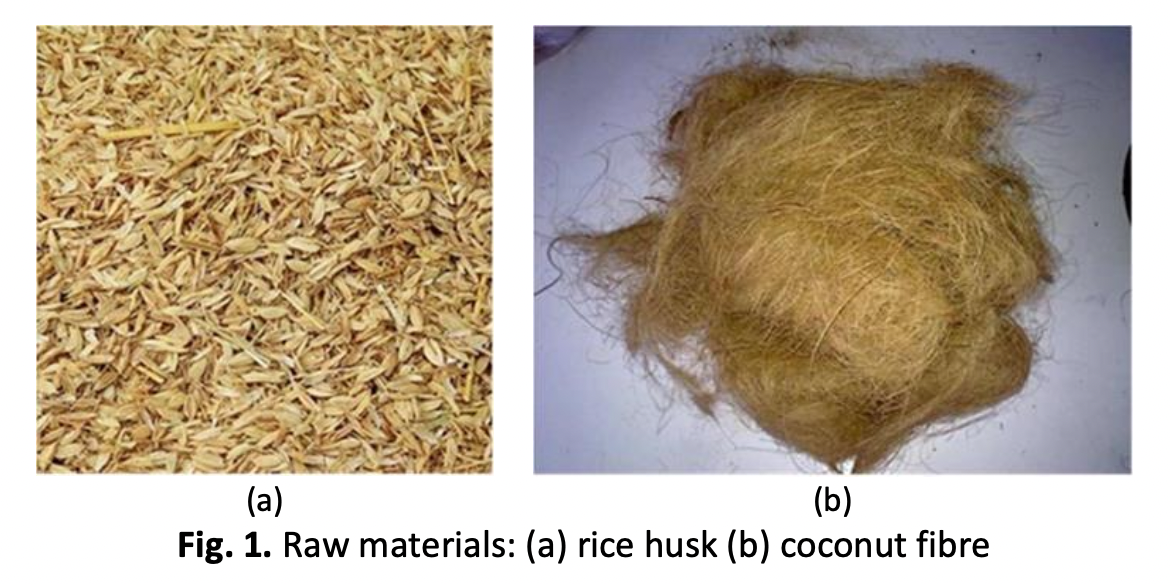Lean Design of Alternative Packaging Cushion Material for Glass Bottles using Rice Husk and Coconut Fibre
DOI:
https://doi.org/10.37934/araset.33.2.107119Keywords:
Rice husk, coconut fibre, cushion packaging, lean design, free fall drop testAbstract
In recent years, rice husk and coconut fibre started to have substantial commercial value in the industry due to the research being conducted on these agricultural wastes as a new raw material consisting of high fibres and abundant resources. Therefore, this investigation determines the suitability of producing cushion packaging from rice husk and coconut fibre while reducing the amount of pulping material required from virgin wood and the usage of petroleum for making Polystyrene. This study aims to design cushion packaging from rice husk and coconut fibre using the lean concept while studying the compatibility of these cushions as primary packaging. The cushion is designed using AutoCAD software. Three types of cushion packaging models are created using different compositions of rice husk (RH) and coconut fibre (CF): Model 1 (100% RH 0% CF), Model 2 (50% RH 50% CF), and Model 3 (0% RH 100% CF). Each composition is combined with 450g of latex adhesive and 50g of water. The impact performances of cushions from different compositions are conducted using the Drop Tester Model AD-100 Design Series 4410 based on the Standard ASTM D 5276 (Drop Test of Loaded Containers by Free Fall 1998). Model 2 (50% RH 50% CF) gave the best performance in the capability to withstand the impact at a fixed height of 92 cm in the drop test compared to Model 1 (100% RH 0% CF) and Model 3 (0% RH 100% CF). Thus, the composition of rice husk and coconut fibre is the most suitable as packaging cushioning compared to the cushion with a single composition of rice husk or coconut fibre.
Downloads




























